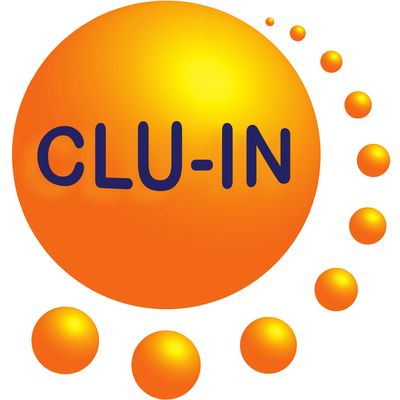Since 1998, The Contaminated Site Clean-Up Information (CLU-IN) website has presented Internet Seminars covering a wide variety of technical topics related to hazardous waste characterization, monitoring, and remediation. For each seminar topic, we have selected the highest-quality offering for placement in our archives. Beginning in May 2005, we began offering these archives via podcast, and this feed contains all seminars archived in the last 6 months. For a complete list of seminars archived since 2000 and videos of selected seminars archived since 2012, please visit http://clu-in.org/live/archive/. Our Rehabilitation Act Notice for reasonable accommodation is available at http://clu-in.org/training/accommodation.cfm. CLU-IN was developed by the U.S. Environmental Protection Agency (EPA) but is intended as a forum for all waste remediation stakeholders. For more information and to view upcoming live offerings, please visit http://clu-in.org/live/. For a complete list of RSS feeds available on CLU-IN, please visit http://clu-in.org/rss/about/.
http://www.clu-in.org/live/archive
Audio for "Environmental Sequence Stratigraphy and the new EPA Remediation Geology Paradigm," Apr 3, 2018
U.S. EPA?s Technical Support Project in conjunction with the Superfund Task Force will host this webinar highlighting a recently released EPA Technical Issue Paper serving as a practical guide on the application of the geologic principles of sequence stratigraphy and facies models to the characterization of stratigraphic heterogeneity at hazardous waste sites. This technology is applicable to sites underlain by clastic aquifers (intermixed gravels/sands/silts/clays). The scientific principles and methods presented in this document will help to bring clarity to the challenges posed by stratigraphic heterogeneity at complex contaminated sites thereby facilitating site management strategies. These methods can be applied to both new site investigations as well as reviewing existing site data and updating the Conceptual Site Model (CSM). High resolution site characterization (HRSC) is EPA?s preferred approach for characterizing sites and developing a detailed CSM. The application of Environmental Sequence Stratigraphy (ESS) allows the practitioner to place high resolution data and other environmental subsurface data in a geologic and hydrogeologic context. This advanced geologic approach evaluates subsurface site information in the context of the site?s geologic depositional and erosional history. Application of ESS benefits groundwater remediation projects by improving the ability to:Define groundwater flow paths and preferential contaminant migration pathwaysMap and predict contaminant mass transport and storage zonesIdentify data gaps to conduct high resolution site characterizationDetermine appropriate locations for monitoring and remediation wellsDetermine appropriate well construction design (e.g., screened intervals)Improve efficiency of remediating and monitoring contaminated groundwaterFocus your site strategy to save significant time and money To view this archive online or download the slides associated with this seminar, please visit http://www.clu-in.org/conf/tio/EnvSeqStrat_040318/
